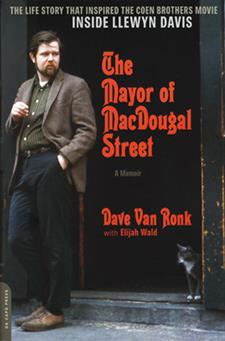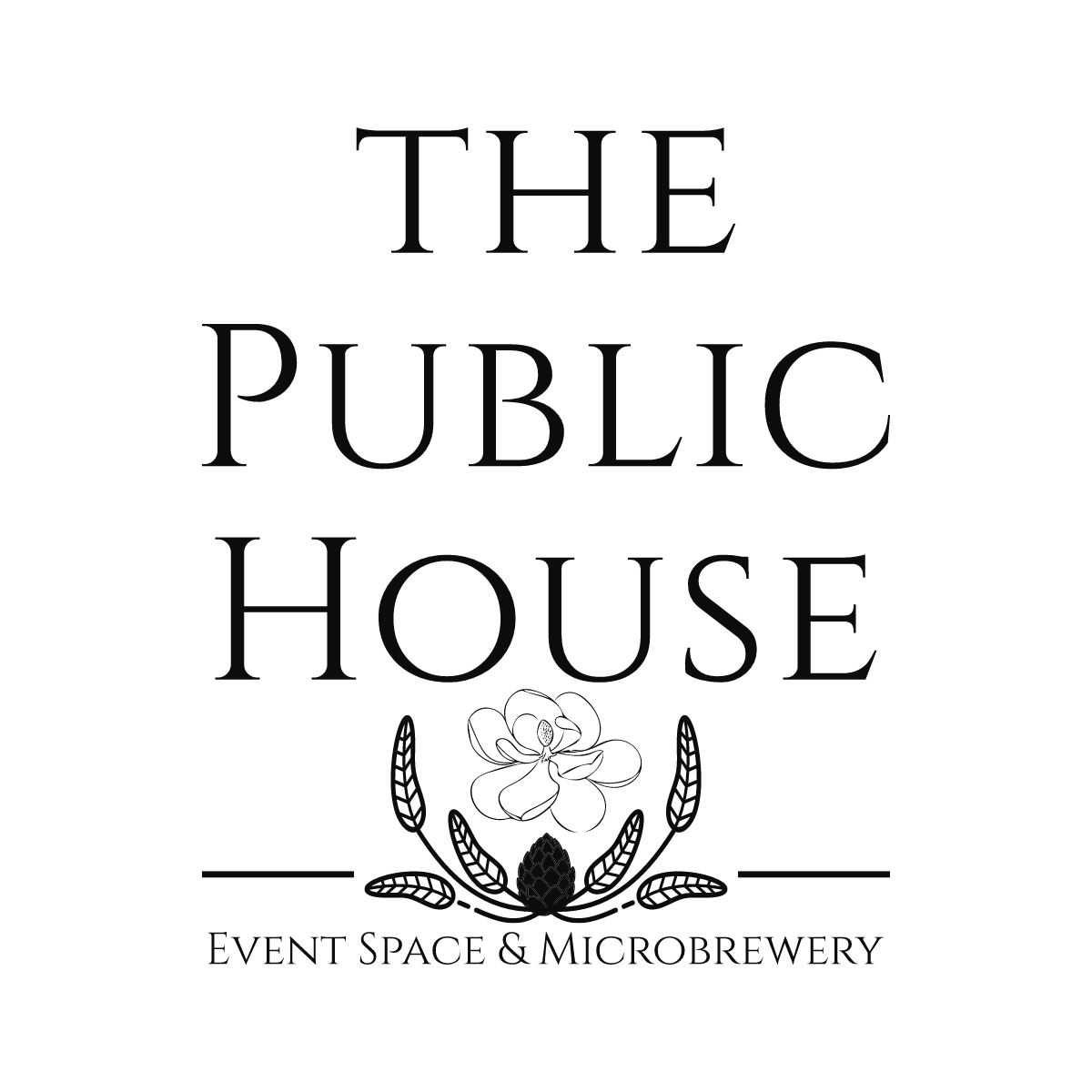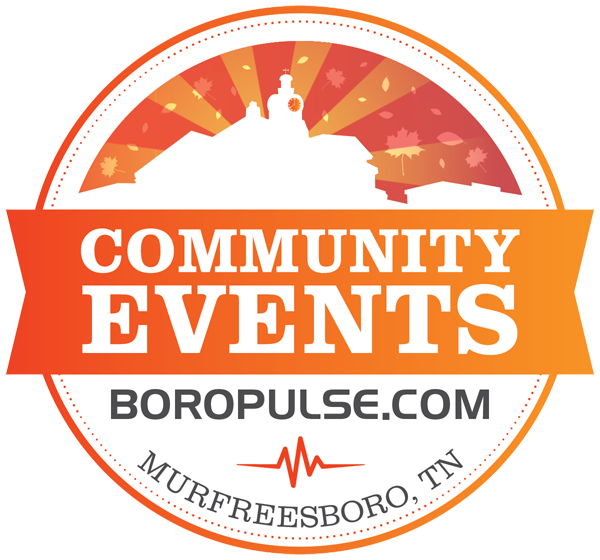
Anyone who has seen the recent Coen Brothers film Inside Llewyn Davis and wants to know more about the historical precedent for the film would do well to start with Dave Van Ronk’s memoir, The Mayor of MacDougal Street. Van Ronk, along with Elijah Wald, who edited and wrote the afterword for the book, relates the rise, boom and eventual bust of the folk-music scene of the late 1950s through early ’60s. Calling it the “great folk scare,” Van Ronk describes how the folk scene arose as a backlash against Eisenhower America, particularly the slick pop music of the ’50s and the witch hunts of McCarthy-ism and the Red Scare.
Dating back to Woody Guthrie, folk musicians had been viewed with suspicion regarding their politics. During the Great Depression, when hard times seemed to be hitting everyone but the politicians, singing a song about the working man was seen as a revolutionary act. By the time Pete Seeger’s band, The Weavers, gained notoriety in the late 1940s for making folk music profitable, anyone who spoke out in song for freedom and equality ran the risk of being subpoenaed to testify before Congress to answer questions concerning their alleged Communist sympathies. Many, including Seeger, were blacklisted and would have a difficult time finding venues for their shows.
Van Ronk goes into detail about how he and his cadre of disheveled, guitar-toting idealists took up sundry facets of the leftist political cause. Early in the book he discusses the nuances between anarchists, Communists, Stalinists, Socialists and the left in general. New to Greenwich Village, the young Van Ronk became an avowed anarchist because, as he says, they were against everything. He relates with humor how someone told him he actually had to read political philosophy to genuinely follow a movement. Upon doing some reading he stepped away from anarchism and for the rest of his life Van Ronk was a staunch Socialist.
All this may seem like a lot of politics to discuss when the subject at hand is the memoir of a musician, but based on how much detail Van Ronk goes into and how pervasive the theme of Leftist politics is throughout the book, it warrants at least a paragraph even in a short review. Despite his own political leanings, Van Ronk makes it clear that he never felt politics had much place in good music. To him, overly topical songs are a waste of a person’s talent, and toward the end of the book he insinuates that other songwriters such as Phil Ochs were almost as talented as Dylan, but Dylan had the good sense to vary his subject matter so that what he sang about wasn’t forgotten a couple of years down the road.
This intimate knowledge and back story about so many musicians he met throughout those years is the heart of the book. Van Ronk tells stories of standing gigs where he spent a lot of time backstage with the likes of Reverend Gary Davis, Mississippi John Hurt, Sonny Terry and Brownie McGhee and a host of others. Particularly rewarding is when Van Ronk relates the overnight evolution of Bob Dylan (he calls him Bobby) from a shy kid who rolled onto the scene playing Woody Guthrie tunes to beginning to write his own songs. Speaking of Dylan’s “A Hard Rain’s Gonna Fall”: I heard him sing that for the first time . . . at the Gaslight, and I could not even talk about it; I just had to leave the club and walk around . . . It was unlike anything that had come before it and it was clearly the beginning of a revolution.
While singing the praises of old bluesmen, Dylan, Joni Mitchell and others, Van Ronk takes time to skewer the beatniks whom he detested. He describes them as freaks who polluted the scene with bongos and bad poetry. He is careful to make the distinction between the real beat poets like Ginsberg and Corso, who had been in the Village several years earlier, and the goateed, beret-wearing wannabes who took over once the tourists started coming in to see them.
Another subject of Van Ronk’s ire (perhaps undeservedly so) is the squeaky-clean folk music revival in the 1950s sparked by the success of the Kingston Trio. In contrast to the rumpled street clothes of the Village folk scene, Van Ronk speaks of the West Coast movement as having a uniform of “boys wearing neat little three-button suits . . . skinny little ties . . . [and] crewcuts up the wazoo.” He felt they harbored a subtext that said, “We’re really superior to all this hayseed crap, but isn’t it cute?”
Stylistically The Mayor of MacDougal Street is conversational. The timelines are a little fuzzy and hard to follow. Just as with our own memories, Van Ronk occasionally contradicts himself by a year or two, but the crux of the story doesn’t suffer for it. Van Ronk’s deftness with words and the content of the stories he tells grows more compelling as the book progresses. For a musician this book is a wonderful look at a fellow musician’s journey. Most intriguing for me is that Van Ronk’s memoir is the story of someone who almost “made it,” but wound up making a living instead (giving guitar lessons to augment record sales and touring money). For everyone else The Mayor of MacDougal Street is the ultimate coffee-shop book to get lost in while a grey drizzle falls outside. It is easy to imagine Van Ronk sitting there next to you, pausing to light a cigarette before his gravelly voice launches into another story about the way it was for guitar-toting idealists in the middle of the previous century.












